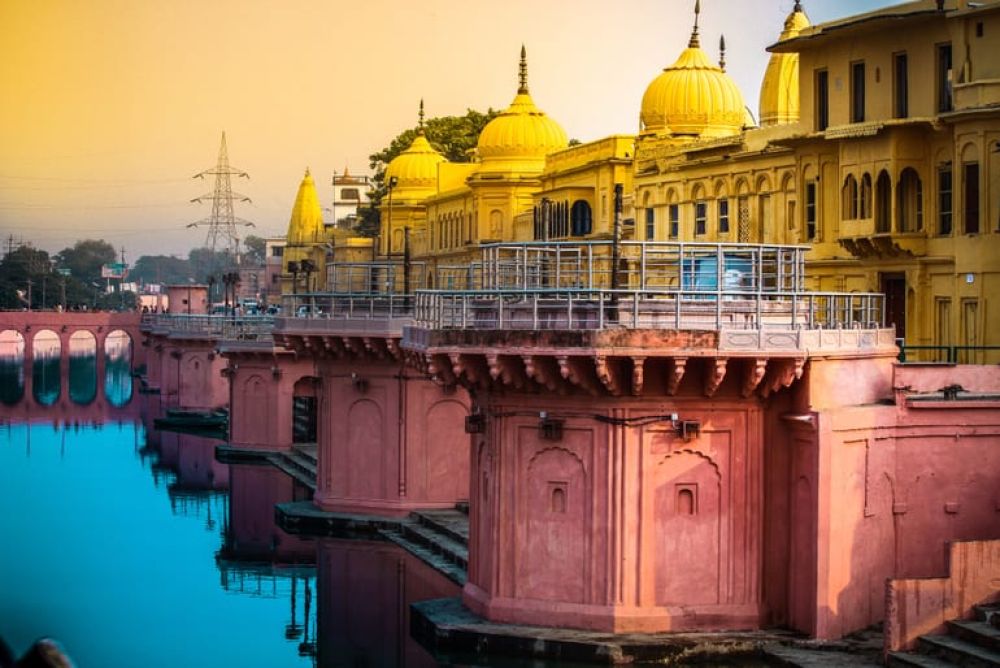

The Treta Ke Thakur Temple, located in the historical city of Ayodhya in Uttar Pradesh, India, is a significant religious destination with deep historical roots. Ayodhya is widely known as the birthplace of Lord Rama, an avatar of Vishnu according to Hindu mythology. The city is therefore of immense spiritual importance and has been a pilgrimage site for centuries.
The Treta Ke Thakur Temple, also known as Kaleram ka Mandir, is situated at the bank of the sacred Sarayu River. It is believed to mark the spot where Lord Rama performed an Ashvamedha Yajna, a horse sacrifice ritual, to honor his victory over Ravana as depicted in the ancient Hindu epic, the Ramayana.
At Treta Ke Thakur, idols of Lord Rama, his wife Sita, his brother Lakshmana, and devotee Hanuman were said to have been carved out of a single piece of black sandstone by the gods themselves. The antiquity of this temple can be traced back to the epic period, making it not just a religious landmark but also a monument of mythological and archaeological significance.
Tourism in Ayodhya has been interwoven with the pilgrimages that devotees have made for many centuries, seeking blessings at the various temples dotting the ancient city. The Treta Ke Thakur Temple became particularly notable in the tourism map for its association with the divine acts of Lord Rama. Over time, the temple has witnessed a steady stream of visitors, both domestic and international.
The temple's historical and cultural importance was largely overshadowed by the political and religious controversies surrounding the city of Ayodhya. However, recent developments and a renewed emphasis on promoting the city's spiritual heritage have seen a resurgence of interest in sites like the Treta Ke Thakur Temple.
Recent trends in Ayodhya's tourism have been influenced by a push from the local and state government to develop the city into a premier religious travel destination. Efforts include infrastructure improvements, better visitor facilities, and the organization of grandiose events like the Deepotsav, which have shone an international spotlight on Ayodhya's cultural vitality.
The creation of interactive experiences, such as light-and-sound shows and cultural tours, is aimed at providing visitors with a deeper understanding of the city's history and religion. The development of the grand Ram Temple is expected to significantly influence tourism patterns, potentially increasing the number of visitors not only to the under-construction temple but to associated historical sites like Treta Ke Thakur as well.
In the era of social media, Treta Ke Thakur Temple and Ayodhya have started to attract younger generations who are interested in both the spiritual journey and the photographic opportunities the city presents. The blend of ancient roots with a modern approach to tourism ensures a rich and diverse experience for all visitors.